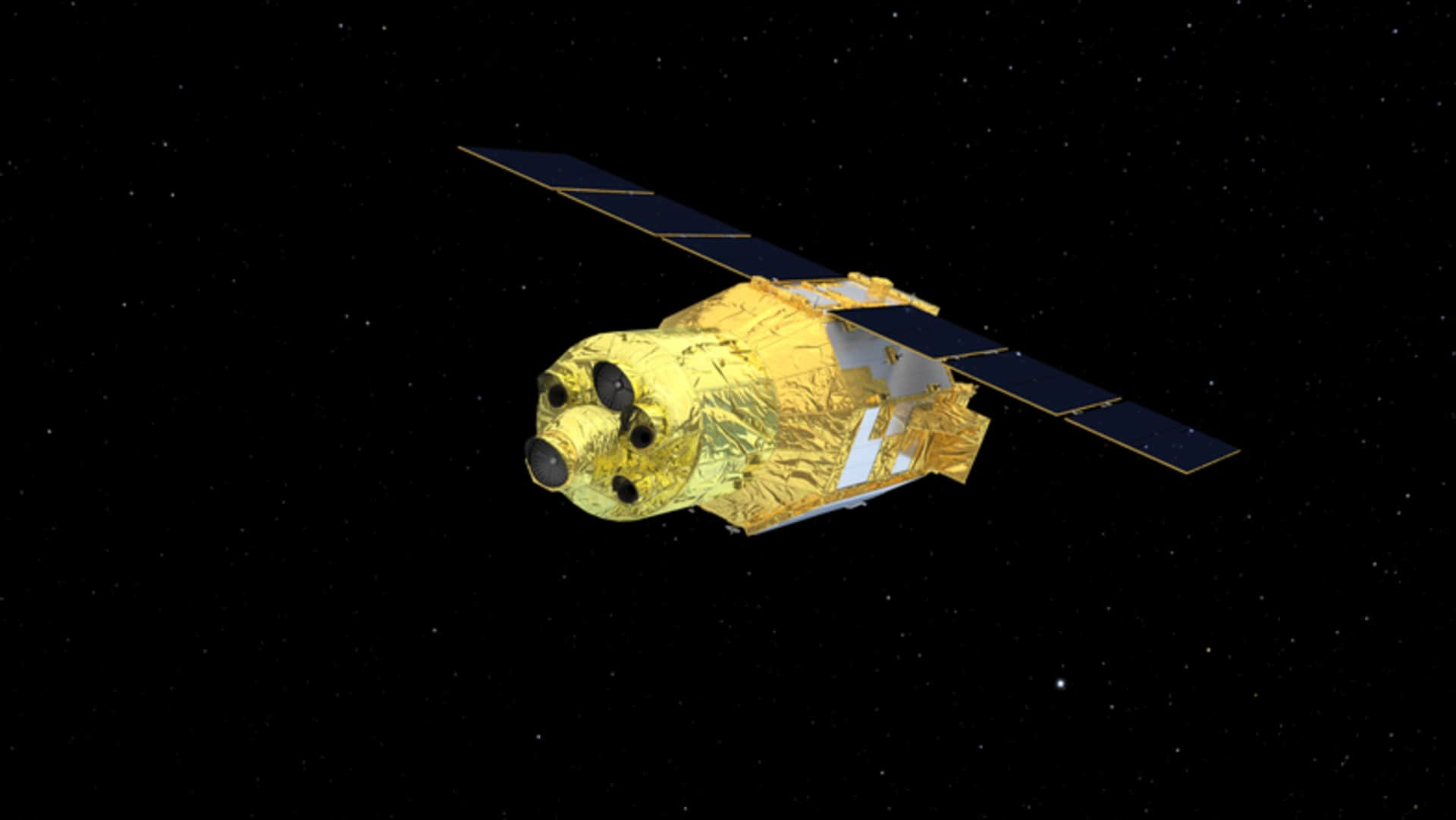
How NASA-JAXA aim to study the universe's most energetic objects
What's the story
NASA and JAXA's (Japan Aerospace Exploration Agency) upcoming project called XRISM (pronounced "crism") will shed light on the most energetic objects in the universe, including galactic clusters and black holes. The main goal of XRISM, which is short for X-ray Imaging and Spectroscopy Mission, will be to study cosmic X-ray objects by means of high-throughput imaging and high-resolution spectroscopy, per NASA.
Mission
The mission will comprise an X-ray microcalorimeter spectrometer
XRISM aims to split high-energy light from cosmic objects into the equivalent of an "X-ray rainbow." The mission aims to do so by utilizing one of its in-house instruments called Resolve. This instrument is an X-ray microcalorimeter spectrometer. It will be able to measure the smallest of temperature changes that occur when X-rays from celestial objects reach its detector.
Working
Resolve will have to cool down to almost absolute zero
To measure the slightest increase in temperatures and estimate the X-ray's energy, Resolve's detector will have to bring its temperature to about -270 degrees Celsius, which is close to absolute zero (0 degrees Kelvin or -273.15 degrees Celsius). Resolve will be able to attain its operating temperature after a multistage mechanical cooling process that happens inside a refrigerator-sized container of liquid helium, per NASA.
Payload
The mission is also equipped with a soft X-ray imager
Resolve's operations will be supplemented by the other instrument called Xtend, a soft X-ray imager. Xtend will provide XRISM with one of the largest fields of view that any X-ray imaging satellite has supplied. The imager can cover an area roughly "60% larger than the average apparent size of the full Moon." Both instruments will rely on a lightweight X-ray Mirror Assembly (XMA).
Mechanism
Resolve can provide high-resolution spectra of cosmic objects
By obtaining X-rays of cosmic objects, Resolve can provide the spectra of the source. Spectra are measurements of light's intensity over different energies. For instance, prisms split visible light into different energies, which we refer to as rainbow colors. So, by tuning spectrometers to different light, astronomers can learn more about cosmic objects from their physical state to their compositions.
Official words
Resolve will provide insights into the universe's most energetic objects
"Resolve will give us a new look into some of the universe's most energetic objects, including black holes, clusters of galaxies, and the aftermath of stellar explosions," said Richard Kelley, XRISM principal investigator at NASA's Goddard Space Flight Center. "We'll learn more about how they behave and what they're made of using the data the mission collects after launch."
Information
XRISM will launch on August 25
The XRISM mission will take off aboard a JAXA H-2A rocket from Japan's Tanegashima Space Center on August 25. This project is a collaboration between NASA and JAXA but also includes contributions from the European Space Agency (ESA).